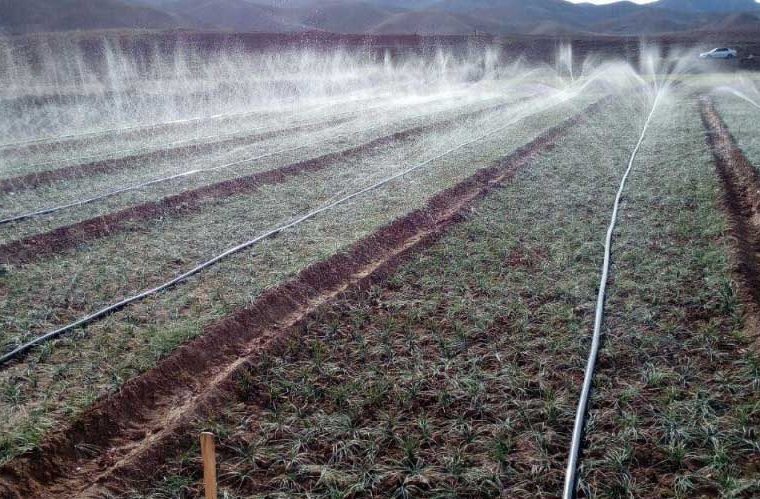Journal of Saffron Research, University of Birjand
Given the dry climate and severe water scarcity in the northeastern regions of the country, the cultivation of crops that require low water and simultaneously provide satisfactory economic productivity is of particular interest. In this regard, a study was conducted in the form of a randomized complete block design with three treatments: type of irrigation water source (well water W1 and treated urban wastewater W2), type of irrigation system (furrow irrigation S1 and subsurface drip irrigation S2), and timing of irrigation (local standard or October 7 T1, 15 days delay T2, and 30 days delay T3) in the agricultural year 1398 (2019) in the city of Torbat Heydarieh.
The results showed that the interaction of water type, irrigation system, and irrigation timing significantly affected all quantitative and qualitative saffron indicators (flower count, fresh flower weight, dry stigma weight, dry style weight, flower size index, picocrocin, crocin, safranal, moisture content, total mold, and coliform) except for dry stigma weight, which was significant at the 5% level, while the other traits were not significant. The highest values for the traits of flower count, fresh flower weight, and dry stigma weight were observed in the W1S1T2 treatment, with values of 3.55 flowers per square meter, 16.6 grams, and 0.85 grams per square meter, respectively.
Additionally, the results indicated that for the quality traits of picocrocin, crocin, and safranal, the best values were obtained for the W2S2T3 treatment, with maximum absorbance values of 93, 6.33, and 263.3, respectively, while the best total coliform value was achieved in the W1S1T3 treatment with a value of 11,000 per gram. Overall, urban wastewater (considering health and nutritional issues), subsurface systems, and alternative irrigation timings can be used in saffron cultivation.



